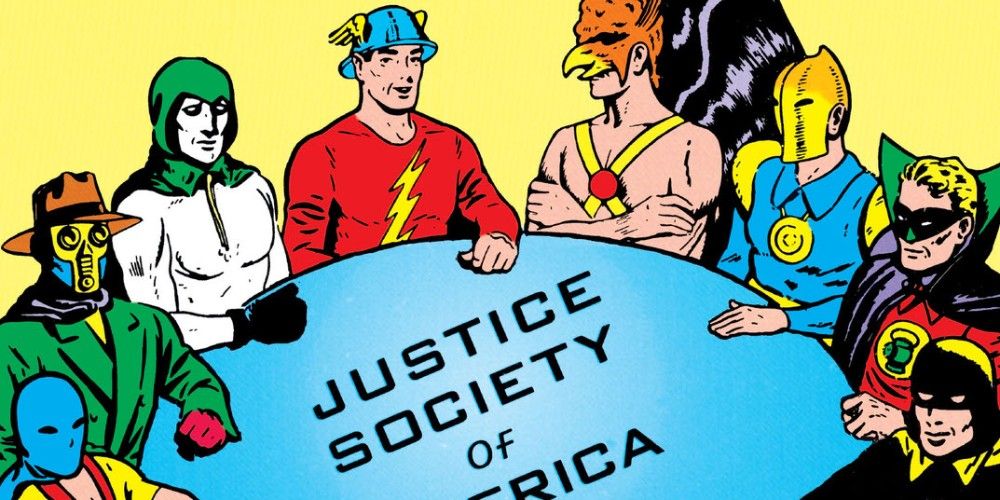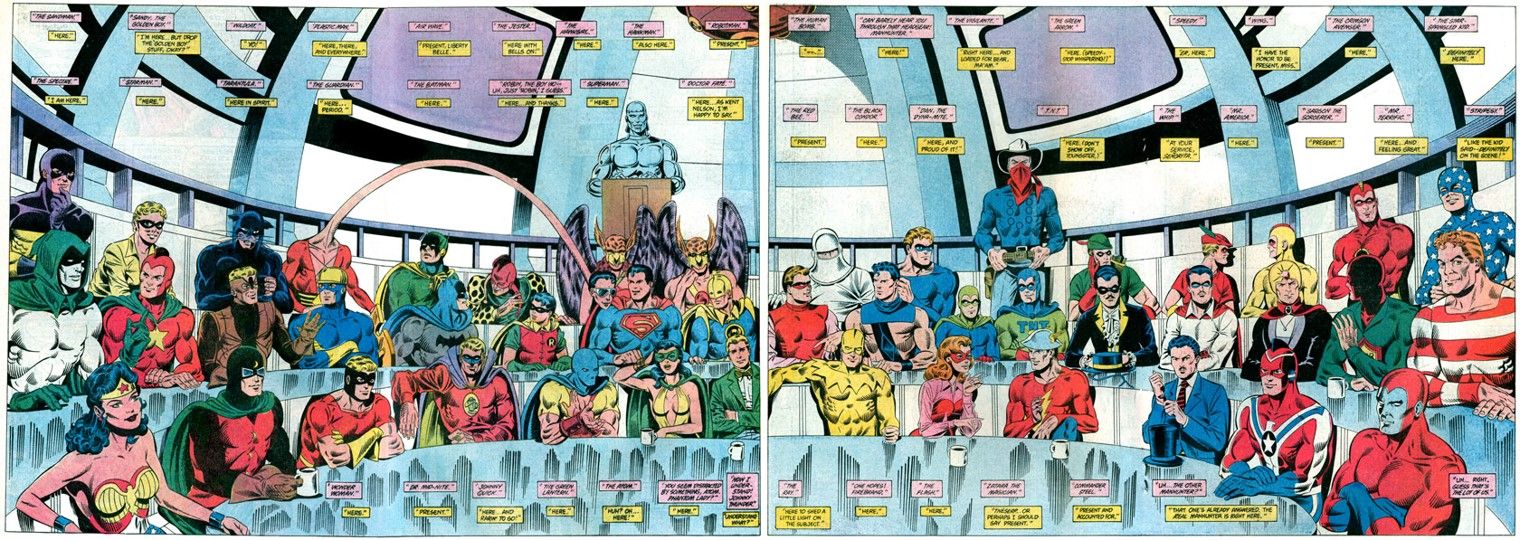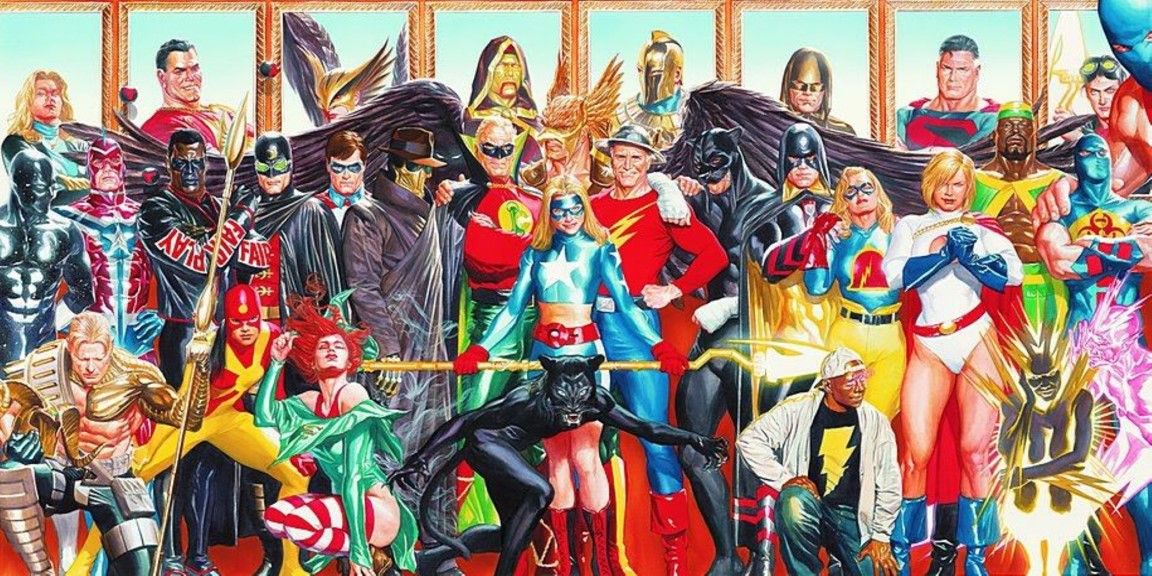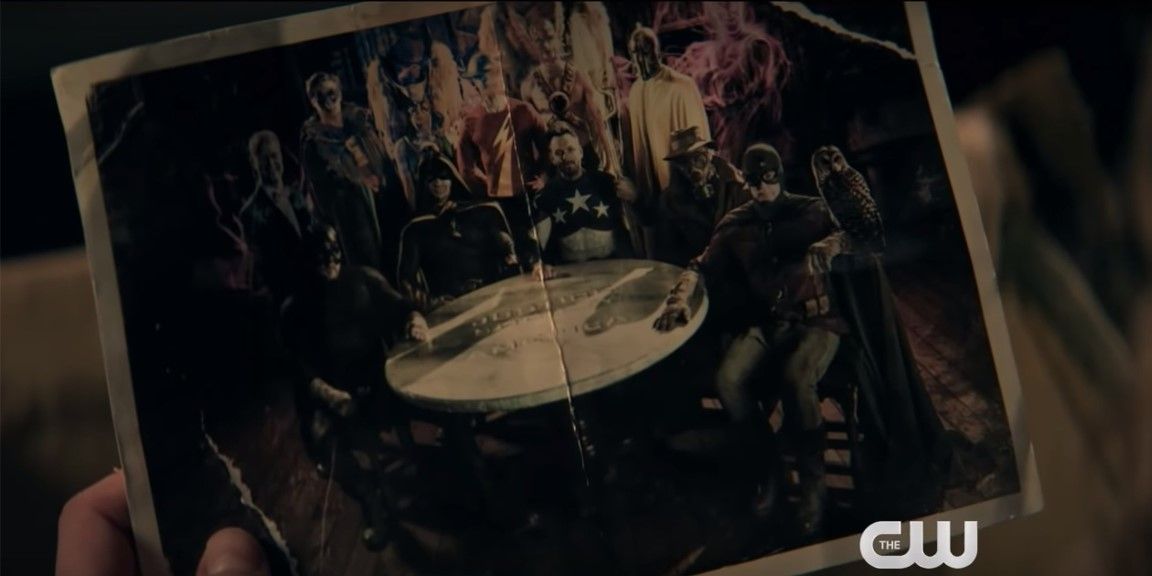Before the Justice League protected humanity from Darkseid and Starro, the Justice Society of America ended World War II and defeated Ragnarok itself. Formed in 1940's All-Star Comics #3, the JSA has protected the DC Universe for all but two years of its history and will continue their adventures in the upcoming DC Universe series, Stargirl.
Having appeared on Smallville, Legends of Tomorrow, DC's big push into the Golden Age will now give the team their own television series as Stargirl's fight against the Injustice Society inspires a new generation to take up the mantle and continue the battle the team started so long ago.
THE GOLDEN AGE OF COMICS
In 1940, DC Comics launched an anthology series titled All-Star Comics that featured stories highlighting their best superheroes. In issue #3, the concept was adjusted, and the companies created a new framing device through which to tell its various tales: the Justice Society of America.
In their very first appearance, the members of the JSA came together solely to have dinner and frame the issue's collection of stories as the tales they told while they ate. The team would eventually go on adventures together, and at its height, its membership included the Flash, Green Lantern, Hourman, Atom, Sandman, Hawkman, Dr. Fate, Spectre, Johnny Thunder, Red Tornado, Doctor Mid-Nite, Starman, Superman, Batman, Wonder Woman, Mr. Terrific, Wildcat, Black Canary and Hawkgirl.
As the JSA grew in size, the team's enemies -- Brain Wave, the Psycho-Pirate, Solomon Grundy, the Wizard and Per Degaton -- gathered together to form the Injustice Society of America. Their battles would continue until the superhero genre collapsed in the 1950s and gave way to western, detective and romance comics.
EARTH-TWO & THE ALL-STAR SQUADRON
When 1956's Showcase #4 introduced Barry Allen, it resurrected the superhero genre, and DC started the Silver Age, sending the JSA into obscurity until "The Flash of Two Worlds" established DC's Multiverse with Earth-Two. This led to annual team-ups between the JSA and the Justice League of America, and their absence during the '50s was explained as the result of choosing to retire rather than reveal their secret identities to the House Un-American Activities Committee.
After several Crises on Multiple Earths, the JSA earned their own solo title again featuring their adventures on Earth-Two during the 1970s. This was one of the first times characters were allowed to age, die and have children, allowing the introduction of new characters like Power Girl and Helena Wayne, aka the Huntress.
The JSA found their next home in All-Star Squadron, one of the largest superhero teams ever. Largely set during Earth-Two's Second World War, the title featured the first use of the word "retcon" as established continuity was changed so that, during WWII, President Roosevelt united all of the superheroes and teams in America into one fighting force to defend the country against the Axis Powers and their Spear of Destiny.
At its height, the Squadron spanned across both time and the multiverse, uniting the Justice Society, the Seven Soldiers of Victory, the Freedom Fighters of Earth-X, Shazam's Marvel Family of Earth-S, Charlton characters like Blue Beetle and many, many more. The series also featured present-day stories that introduced concepts like Infinity, Inc., a team comprised of the JSA's descendants and successors like the second Hourman, Doctor Midnight and Wildcat.
THE MODERN AGE
Crisis on Infinite Earths changed everything for the Justice Society. For the first time in the company's history, the Golden and Silver Ages existed in one, shared New Earth. The JSA was now the world's original heroes who inspired the Justice League to take their place and then the Teen Titans to take theirs and so forth.
The JSA was ultimately separated from the rest of DC again and trapped in Limbo where they would fight to prevent Ragnarok for all eternity... until they didn't. After spending five years in hiatus, the Justice Society was freed and given a new solo title that introduced new characters like Jesse Quick and featured their interactions with DC's newest heroes.
This period would cement the Justice Society as a foundational element of the DC Universe and feature Courtney Whitmore for the first time, adding many new members like S.T.R.I.P.E., a new Doctor Fate, Atom-Smasher, Jakeem Thunder, Sandy, Hawkgirl, Hawkman, Shazam, Black Adam, Power Girl, Cyclone, Jessie Quick, now Liberty Bell II, Citizen Steel, Judo Master, Mister America, Lightning, Magog, the Kingdom Come Superman and the Legion of Superheroes' 31st Century Starman. This team remained relatively intact until Flashpoint rewrote DC history and erased the JSA from existence until last year's Doomsday Clock.
STARGIRL
Stargirl will send its viewers to a fully realized world when Courtney Whitmore discovers the cosmic staff and fights against the Injustice Society as Stargirl alongside her stepfather Pat Dugan, a.k.a. S.T.R.I.P.E. The Justice Society of America went missing during a conflict with the Injustice Society years ago, so Stargirl will have to inspire a new generation of heroes to take up their cause. There are hints the JSA survived, and if their history holds true, they may simply be trapped within Limbo.
DC Universe's Stargirl stars Brec Bassinger as Courtney Whitmore (Stargirl) and Luke Wilson as Pat Dugan (S.T.R.I.P.E.). The series will premiere Monday, May 18 on DC Universe and Tuesday, May 19 on The CW.





